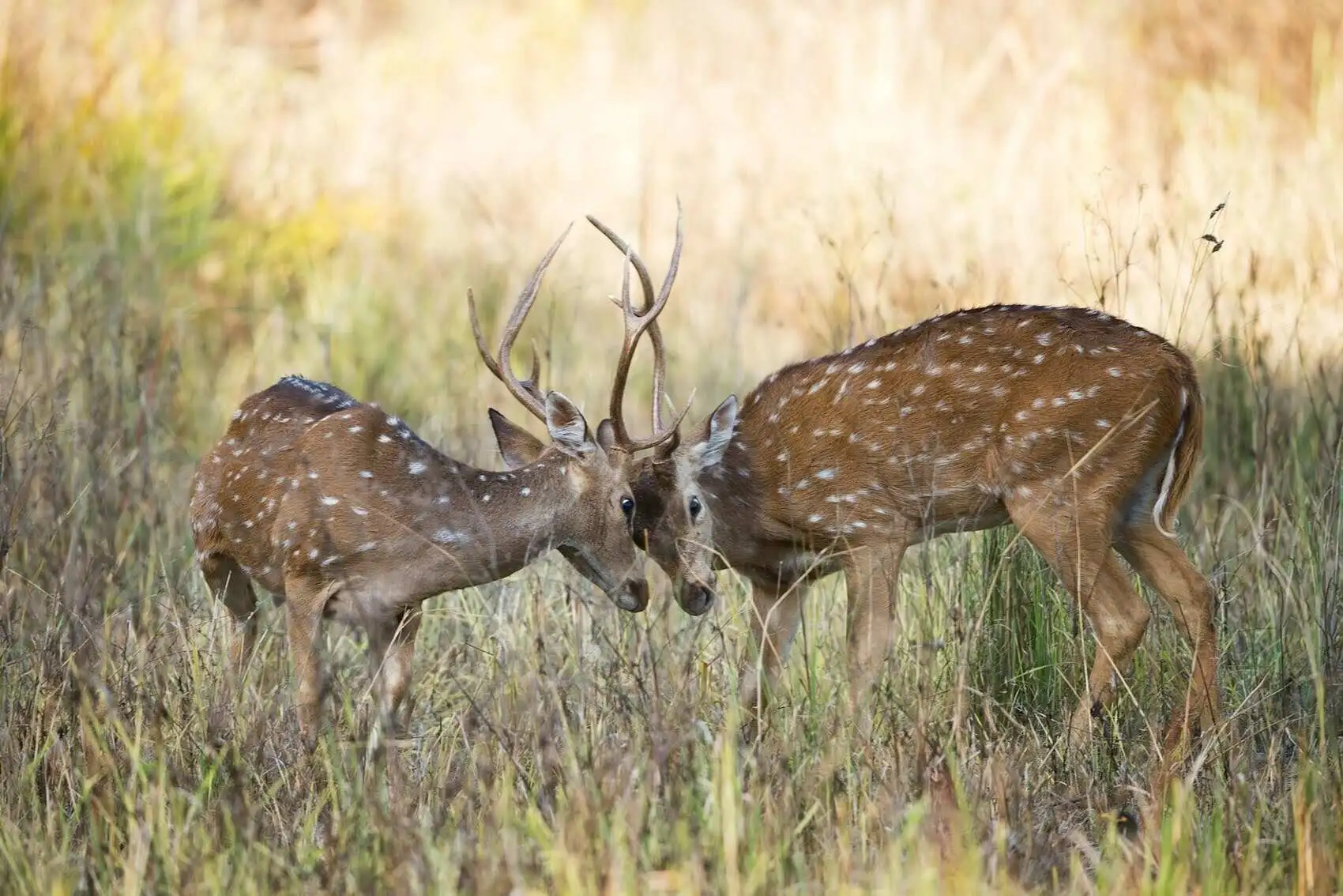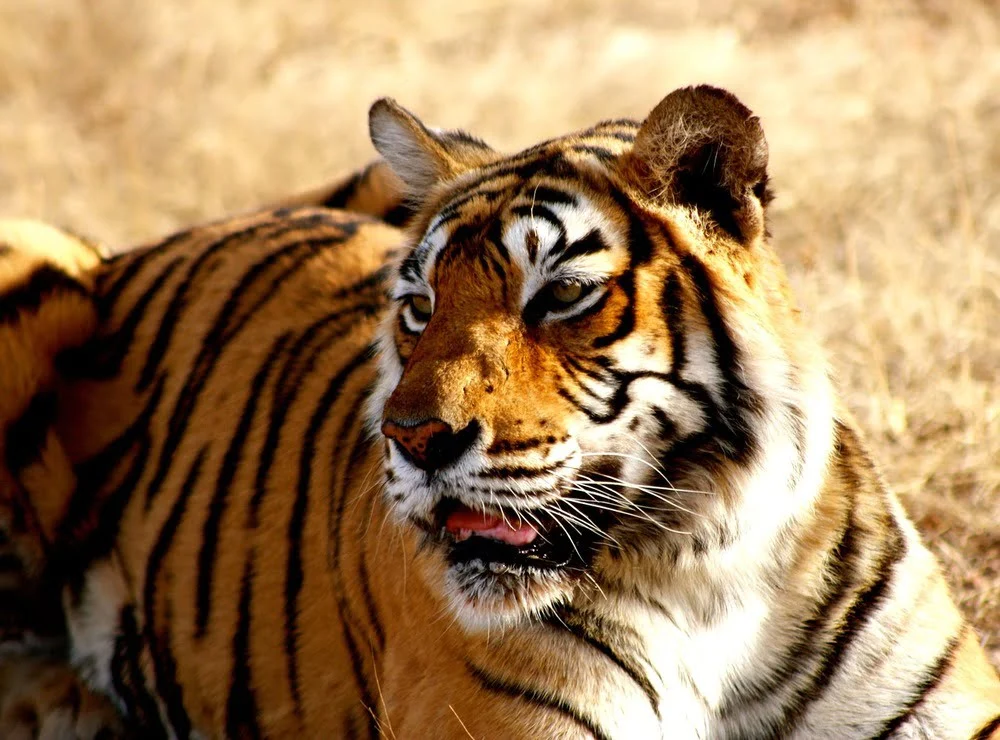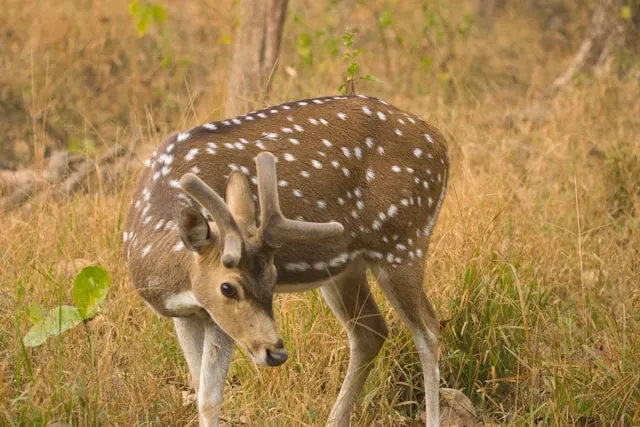Flora in Kanha
Kanha National Park is not only famous for its tigers and wildlife but also for its breathtaking vegetation. The lush forests, grassy meadows, and dense undergrowth form the backbone of its ecosystem, providing food and shelter to hundreds of species. The diverse flora here ranges from towering sal trees to delicate medicinal herbs, making Kanha one of the richest forest reserves in central India.
Dominant Tree Species
The forest cover in Kanha is largely made up of Sal (Shorea robusta), which forms the heart of the park’s vegetation. Sal trees grow tall and dense, offering shade and habitat for countless birds and mammals. Apart from Sal, you will also find Bamboo thickets, Mahua (Madhuca indica), and Saja (Terminalia tomentosa) spread across the region.
- Sal Forests: Evergreen and dominant, providing a thick canopy.
- Mahua Trees: Known for their flowers, often used in local food and drinks.
- Bamboo: Grows in clusters, offering cover for herbivores and predators alike.
There is also a tree which is most famous amongst the naturalists. Tourists around the world especially come here to spot the Kullu Tree also known as the Ghost Tree. It has a magical phenomenon of changing its colour in the seasons.
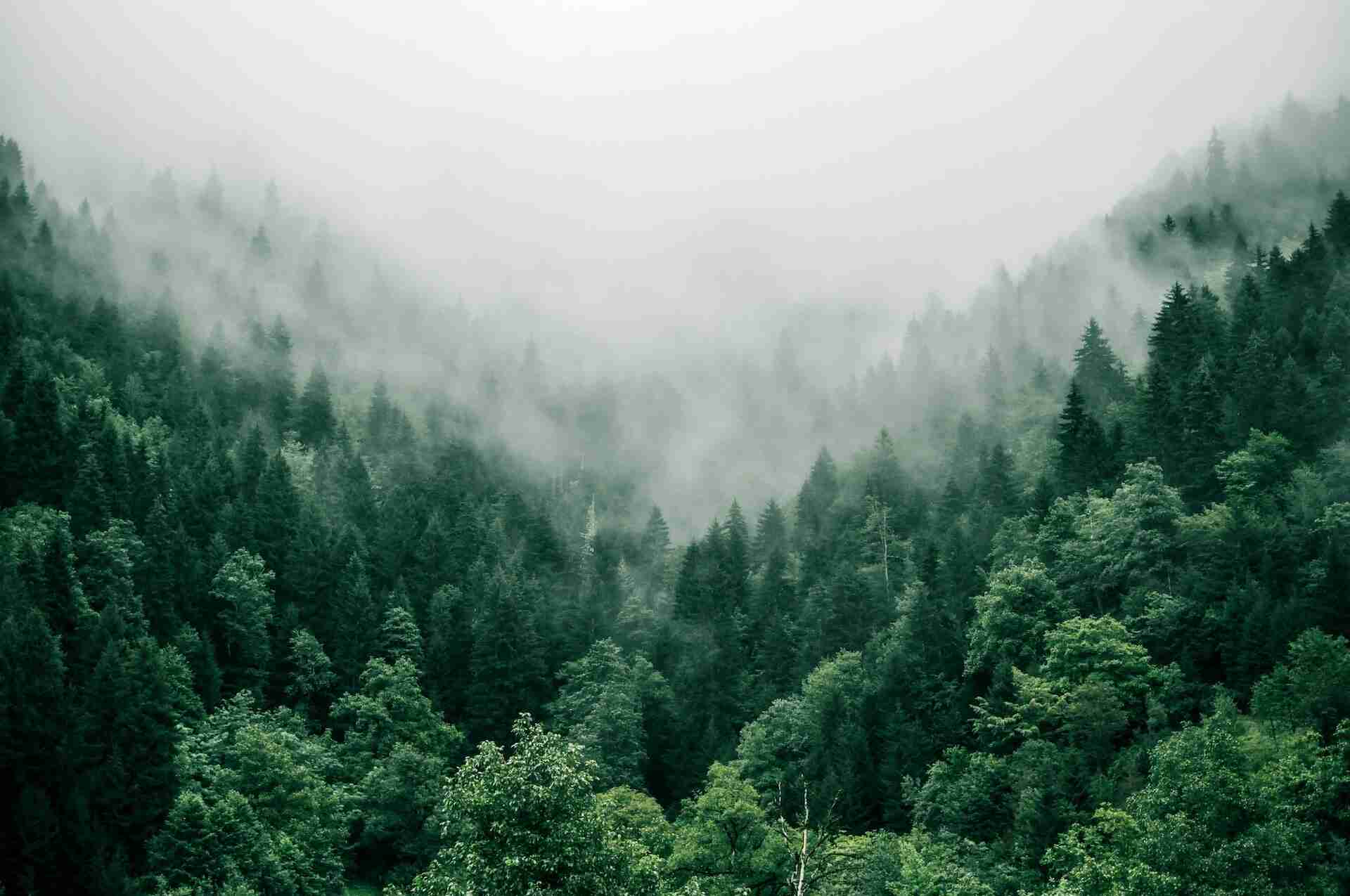
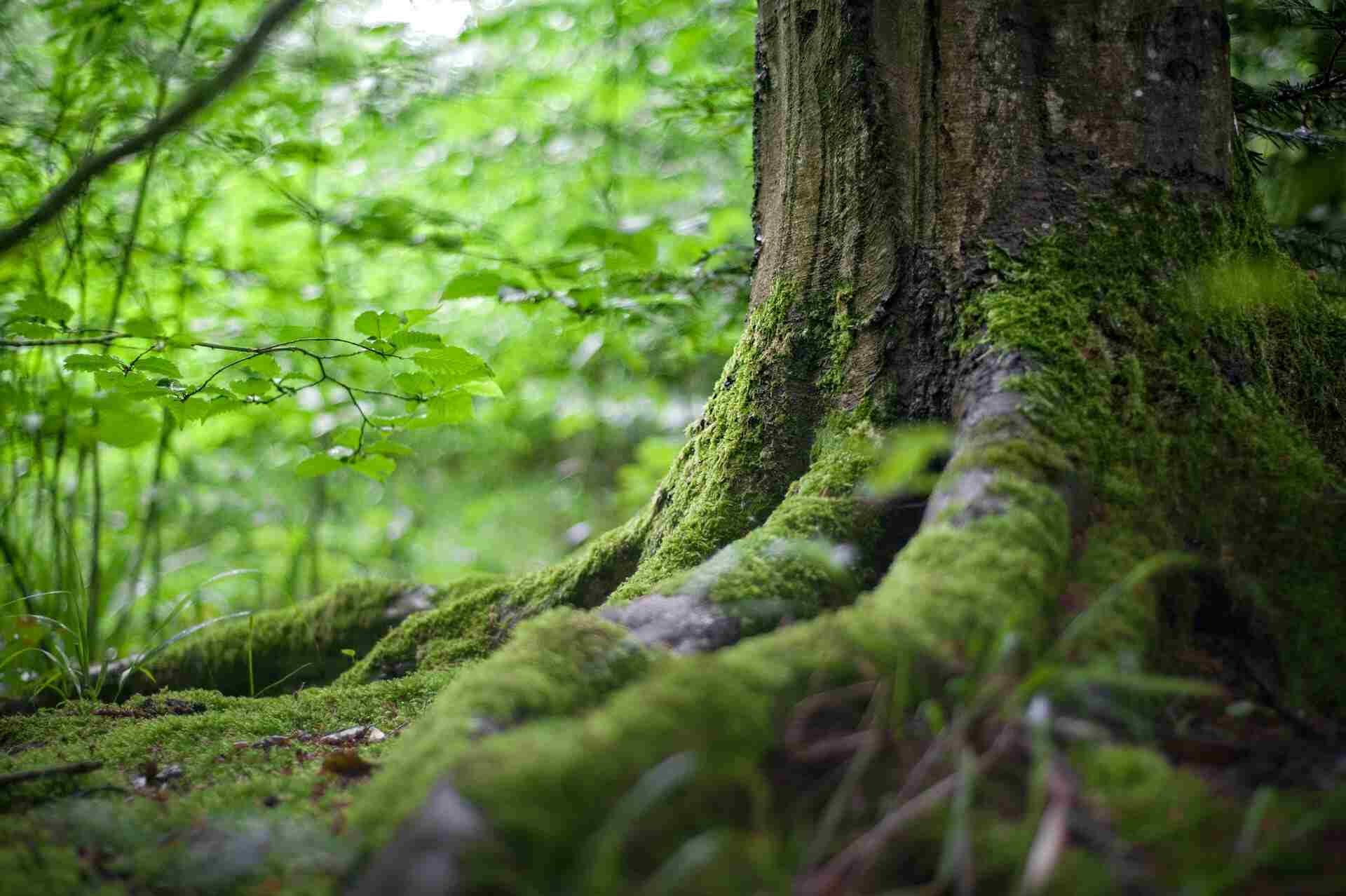
Grassy Meadows of Kanha
The meadows (locally called maidans) are one of Kanha’s most iconic features. These open grasslands break the dense forest cover and are prime zones for spotting herbivores like barasingha, chital, and gaur. The grasses here not only support large mammals but also attract smaller species like hares and ground birds.
Medicinal and Lesser-Known Plants
Kanha’s forests are rich in medicinal herbs and shrubs used by local communities for centuries. Plants like Harra (Terminalia chebula), Amla (Emblica officinalis), and Baheda (Terminalia bellirica) are common in the buffer zones. Many climbers, creepers, and flowering plants also thrive here, adding seasonal color to the forest floor.
Major Flora of Kanha – Common and Botanical Names
| Common Name(s) | Scientific Name |
|---|---|
| Sal | Shorea robusta |
| Mahua | Madhuca indica |
| Saja / Crocodile Bark Tree | Terminalia tomentosa |
| Amla / Indian Gooseberry | Emblica officinalis |
| Harra / Myrobalan | Terminalia chebula |
| Baheda | Terminalia bellirica |
| Tendu / Indian Ebony | Diospyros melanoxylon |
| Bamboo | Dendrocalamus strictus |
| Palash / Flame of the Forest | Butea monosperma |
| Jamun / Indian Blackberry | Syzygium cumini |
| Arjun Tree | Terminalia arjuna |
| Amaltas / Golden Shower Tree | Cassia fistula |
Seasonal Changes in Vegetation
Winter (November to February)
Forests remain lush and green, with dew-kissed grasslands.
Summer (March to June)
Trees shed leaves, offering better wildlife visibility. Mahua flowers bloom during this time.
Monsoon (July to September)
The park turns into a green paradise, with fresh shoots and dense foliage, though the park remains closed for tourism.
Kanha Best Selling Packages
2 Nights / 3 Days
Kanha Weekend Tour
3 Nights / 4 Days
Kanha Budget Tour
6 Nights / 7 Days
Kanha - Bandhavgarh Safari
14 Nights / 15 Days
Kanha, Bandhavgarh & Golden Triangle Tour
FAQs – Flora in Kanha
What is the most common tree in Kanha?
Sal (Shorea robusta) is the dominant tree species found across the park.
Why are meadows important in Kanha?
They provide grazing grounds for herbivores and excellent hunting grounds for predators.
Can tourists see flowering plants in Kanha?
Yes, Mahua, Amaltas, and Palash trees bloom during summer and spring, adding vibrant colors to the forest.
Are there any rare plants in Kanha?
Yes, Kanha is home to medicinal and endemic plant species, some of which are used by locals for traditional remedies.


